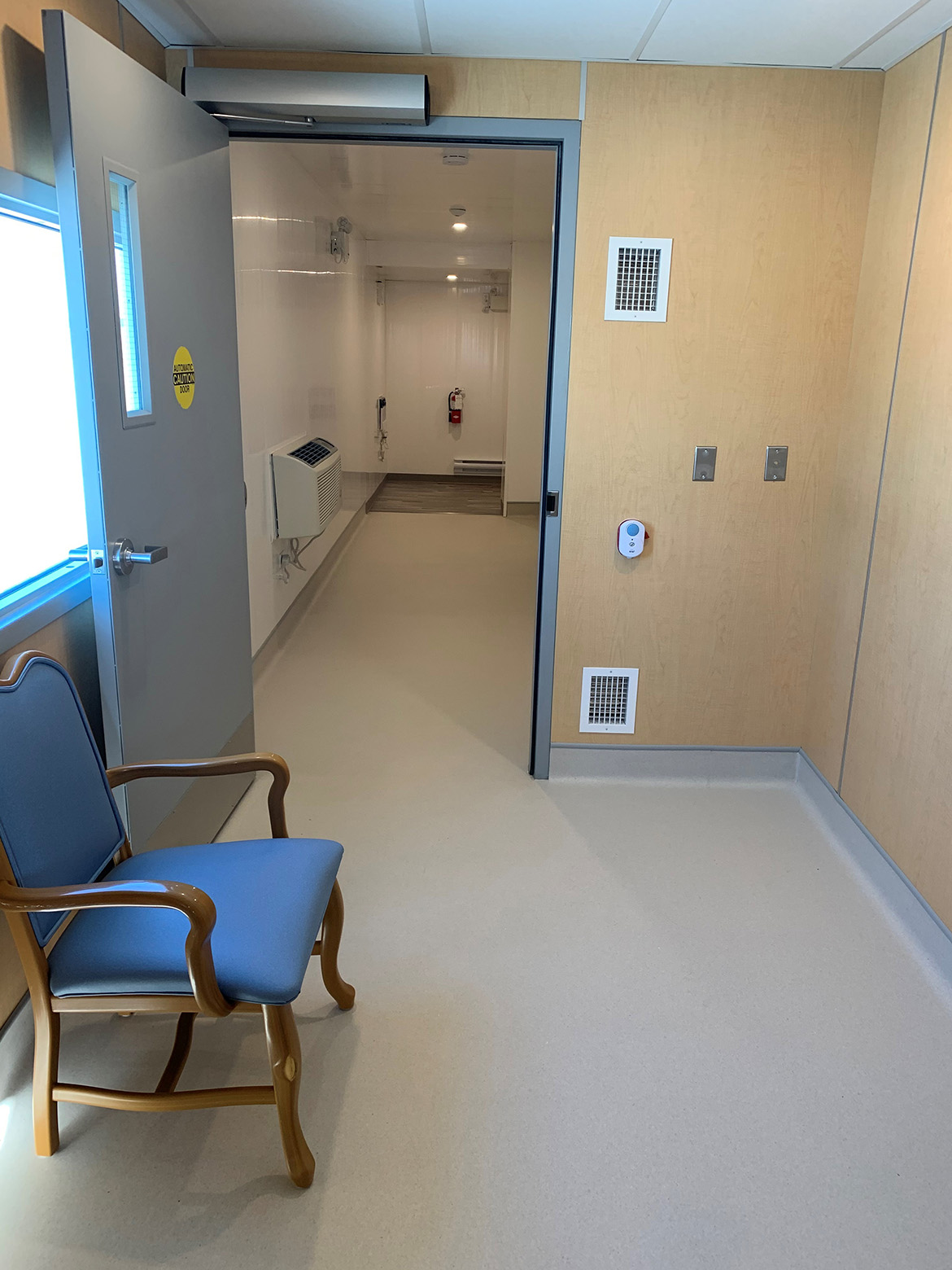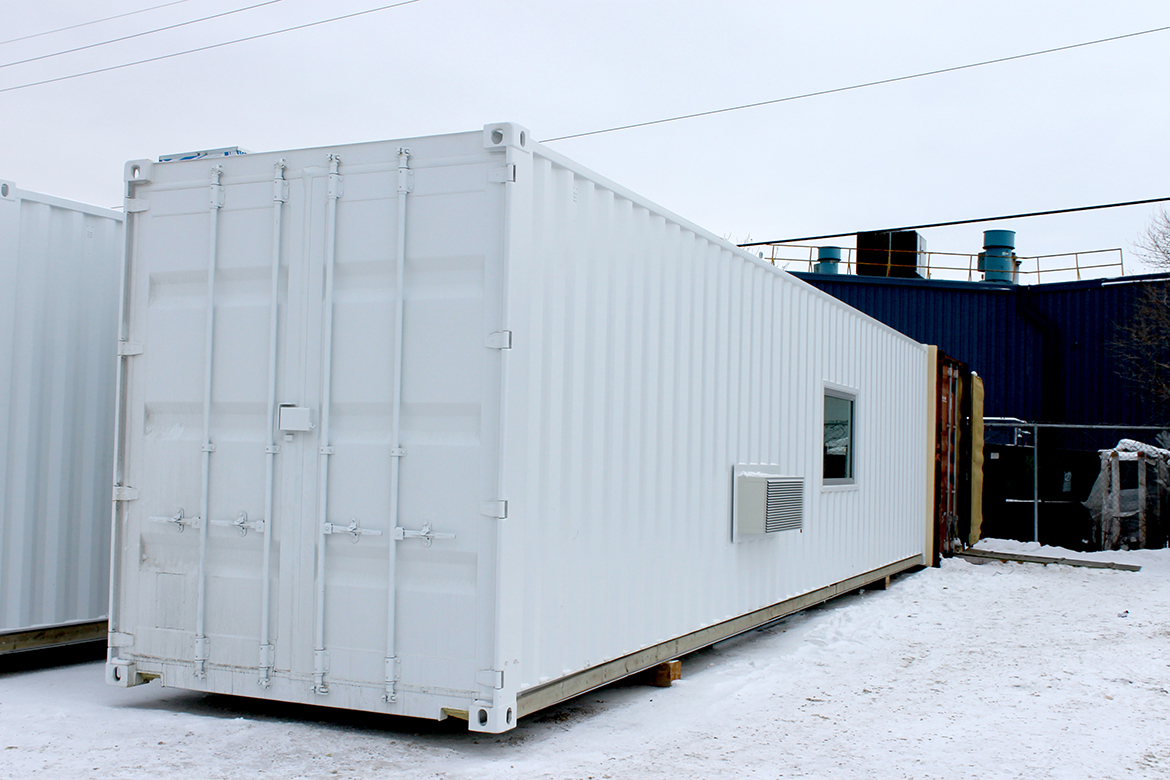Keeping families together during the pandemic
New visitation shelters in Manitoba are helping families stay connected and safe during the pandemic, combatting the isolating effects of COVID-19.
At personal care homes on reserves, families and friends have had to keep away to protect the most vulnerable community members, Elders and people with physical and mental disabilities.

But it's family that holds together and strengthens First Nations communities. And it is Elders especially, who pass on stories of their history and help guide their communities into the future.
To help maintain those important family connections, Indigenous Services Canada (ISC) has helped establish visitation shelters at 6 personal care homes on reserves in Manitoba.
ISC provided over $2 million for visitation units at:
- Sioux Valley Dakota Nation
- Peguis First Nation
- Fisher River Cree Nation
- Sagkeeng First Nation
- Opaskwayak Cree Nation
- Bunibonibee Cree Nation.
The units were set up in February 2021.
"We are social creatures and part of what brings meaning to our life is to maintain and foster those social connections," says Christopher Hersak, registered nurse, director of the Dakota Oyate Lodge and incident response commander for Sioux Valley Dakota Nation.
Hersak and the entire community, including chief and council, watched with growing concern as COVID-19 spread across the globe. Hersak was acutely aware that the virus targeted older adults and those with underlying health conditions. Many residents at Dakota Oyate Lodge checked both boxes.
This prompted staff to get creative in those first months, introducing online virtual visits. It helped, but nothing can replace what face-to-face visits with loved ones provide.
Indoor visits are now allowed at First Nations personal care homes in Manitoba including the Dakota Oyate Lodge in Sioux Valley, but with restrictions in place. Finding safe, comfortable spaces with enough room for social distancing has been difficult.
The 91-square-metre visitation units are heated, insulated, have electricity and provide a long-term safe and welcoming area for residents to receive visitors. The structures are connected to the personal care homes via heated, enclosed passageways, and the units have been designed to allow for thorough cleaning.
"I think this goes a long way to restore a piece of reassurance that has been lost, or misplaced for some time."

To protect residents from COVID-19, the personal care home had:
- shut its doors to visitors
- suspended group activities and communal meals
- changed workflow.
This was necessary but not without cost. The social isolation and loneliness that comes with social distancing can lead to depression, anxiety, cognitive impairment and overall poor health.
News that Sioux Valley Dakota Nation's personal care home was receiving a visitation unit brought joy and relief to staff and residents.
"This allows a care facility to return to nearer normal, as opposed to functioning as a prison from the outside world," says Hersak. "Visitation spaces help make the world a humane place to live."
He adds that the pandemic is not going to magically fade overnight, and that we will continually find ourselves entering a "new normal".